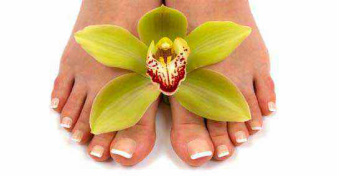
Everybody wants to get their nails done all the time. A nail technician can paint your nails with a color, style or designs of your choice and then, you can jazz your feet up with a pretty anklet or toe rings. This is the best way to pamper your toes while getting into the latest trend.
However, you may get more than just fashionable toes at some nail salons because you may also acquire toenail fungus from a pedicure. Outbreaks of nail infections are possible following spa pedicures if the place does not practice proper sanitary procedures.
Risk of Getting Pedicures
According to an article on Livestrong.com, National Center for Biotechnology Information has indicated that certain factors may increase your likelihood of developing a fungal infection in your toenails, involving the use of unsterilized utensils, nail deformities, prolonged moisture in the affected area, poor immune function and wearing closed-toe footwear. Nail fungus thrives in warm, damp conditions and can be passed along by using contaminated instruments. Mayrav Saar of the Orange County Register warns that the technician might use clippers, an emery board, blade or other tool on someone who already has an infection. Then he passes it on to an uninfected client by reusing those tools without disinfection them. Nail Fungus Infected People Getting Pedicure
Berkeley Parents Network stated that, it is against health and safety regulations for you to get a salon pedicure when you have a toenail fungus. Whenever clients have a communicable nail condition, the salon should politely decline and tell them that their nails require a doctor's care. Toenail fungus spreads very easily by sharing pedicure implements and soaking tubs.
However, you may get more than just fashionable toes at some nail salons because you may also acquire toenail fungus from a pedicure. Outbreaks of nail infections are possible following spa pedicures if the place does not practice proper sanitary procedures.
Risk of Getting Pedicures
According to an article on Livestrong.com, National Center for Biotechnology Information has indicated that certain factors may increase your likelihood of developing a fungal infection in your toenails, involving the use of unsterilized utensils, nail deformities, prolonged moisture in the affected area, poor immune function and wearing closed-toe footwear. Nail fungus thrives in warm, damp conditions and can be passed along by using contaminated instruments. Mayrav Saar of the Orange County Register warns that the technician might use clippers, an emery board, blade or other tool on someone who already has an infection. Then he passes it on to an uninfected client by reusing those tools without disinfection them. Nail Fungus Infected People Getting Pedicure
Berkeley Parents Network stated that, it is against health and safety regulations for you to get a salon pedicure when you have a toenail fungus. Whenever clients have a communicable nail condition, the salon should politely decline and tell them that their nails require a doctor's care. Toenail fungus spreads very easily by sharing pedicure implements and soaking tubs.
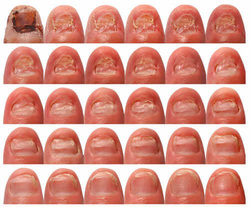
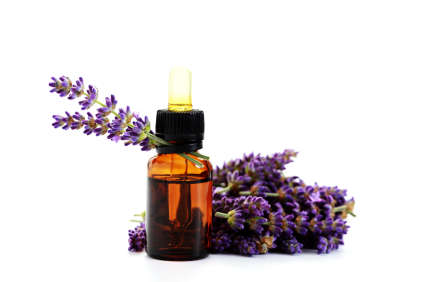
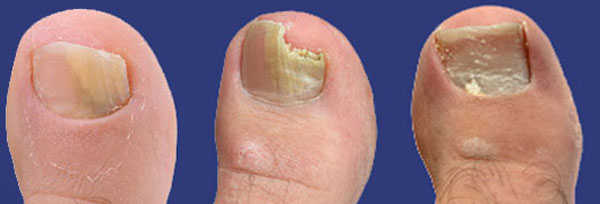
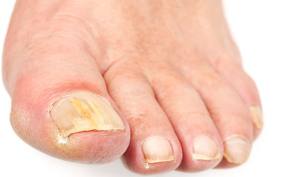
 RSS Feed
RSS Feed